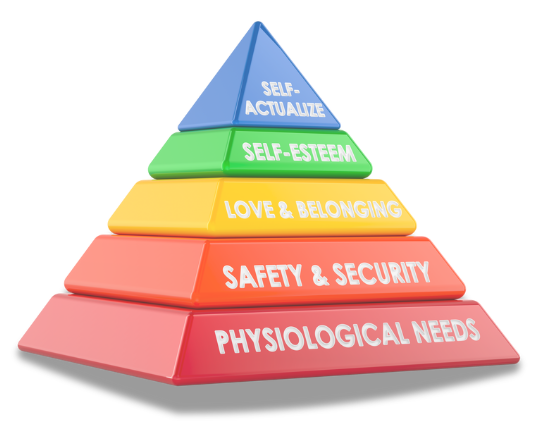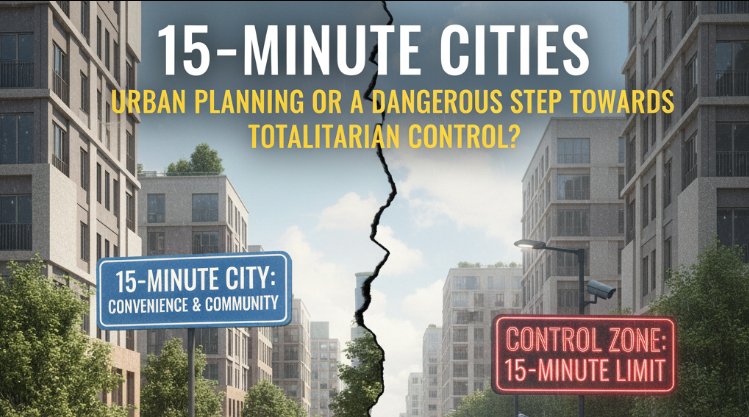Human motivation can be tricky to make sense of — Why is it that we need some things in life before we can even think about others? Maslow’s Hierarchy offers an easy chart that outlines what drives us, from the bottom-of-the-list survival instincts on up to finding meaning in life.
What is Maslow’s Hierarchy of Needs?
Maslow’s theory on the hierarchy of needs was developed by Abraham Maslow in 1943 in A Theory of Human Motivation. It outlines that human needs are hierarchically structured as a pyramid with five levels. Base levels are primary and essential — if not achieved, it’s challenging to reach the next level. Following lower needs being accomplished, people tend towards the more advanced needs like social relationships, self-esteem, and then self-actualization — reaching total capability.
Think of it as climbing stairs: you usually anchor on one step before progressing on the next. It’s not like that with life though—humans can progress back up or down as required by situations. You might find a person that becomes financially secure (safe) yet he still grapples with a sense of belonging or esteem.
The Five Stages of Maslow’s Pyramid:-
1. Physiological Needs (Primary Needs):

These are food, water, a place to live in, air, and rest. Until these needs are met no other goals can be achieved. A late learner will struggle concentrating if they are hungry or tired. And employees who experience pressure if they don’t get meals or sleeping enough will also fare poorly on the job.
2. Safety Needs (Security and Stability)
When physical needs are met for individuals, they then focus on safety: health, physical safety, employability, and living in a safe place. A migrant may be keener on a place where they can live safely as opposed to where they can make new friendships.
3. Love and Belonging (Needs for Friendship)
People need connection — family, friends, romantic love. Being alone can stop progress toward other goals. An employee who just transferred job might crave the presence of friends in the workplace so that he can belong to the team. A university student can improve when he feels embraced by other people.
4. Esteem Needs (Recognition and Respect)
This stage is about being respectful to others and to yourself. Feeling confident, successful, and important matters. Job promotions, recognition, or rewards can strengthen esteem. In students, successfully passing an exam or appreciation increases confidence.
5. Self-Actualization (Being Your Best)
The top of the pyramid pertains to self-actualization, innovation, and the achievement of full human potential. It’s a longitudinal process rather than an end-product. An artist on hiatus to further their craft, a teacher developing unique lessons, or a benefactor assisting with issues they truly do care about.
Practical Advice: Applying Maslow’s Hierarchy of Needs in Daily Life Understanding Maslow’s hierarchy of wants extends beyond theory and has practical applications. For example, parents normally provide their children with nutritious food and a safe place to live. These meet the physiological and safety needs. Only after that do they expect their kids to excel in school or with their peers.
Similarly, bosses who provide a sense of security in their job and value for their worker’s efforts will get more commitment and productivity. Personal growth activities such as hobbies, mindfulness, or befriending also work optimally when lower needs are fulfilled first.
Recognizing where you or others stand on the pyramid enables you to make wise decisions regarding what’s important to do next, what resources will help the most, as well as spending time – a valuable step toward reaching upper goals such as creativity, growing personally, or actualizing oneself.
Why Maslow’s Hierarchy Still Applies Even Today?
The hierarchy of needs by Maslow succeeds as it is a simple theory that applies universally and can be put to use. Businesses apply it when they need to inspire workers, students use it when they need to learn, and therapists use it when they need to help clients develop as individuals. It explains why failing an early need will ruin a later one and why satisfaction on each level benefits creativity, relationships, and meaning-finding.
Today, corporations utilize this concept in refining their customers’ experience. A business ensures product safety and quality before initiating loyalty programs or recognition programs. Schools and parents do the same, insuring comfort and safety requirements are met before they provide for skills, hobbies, or self-expression.
Real-Life Uses of Maslow’s Needs Hierarchy Students:
- Students: In order to achieve A grades, achieve adequate rest, nutrition, and a safe place to read in (physiological and safety needs).
- Job Sites: A fair salary and job security make workers feel safe. The safety allows them to focus on progress, being respected, as well as self-development.
- Families: Parents prioritize the safety of their children over advertising other activities or capabilities.
- Personal Development: Traveling, helping others, or creative pursuits almost always happens after physical as well as social needs have been met.
These show that the pyramid is real — we can see it in how people act and make choices every day.
Criticism and Limitations of Maslow’s Theory:
Although widely used by everyone, Maslow’s hierarchy of needs has some limitations:
- People don’t always follow the pyramid in order; some prioritise self-actualization even when lower-level needs are unstable.
- Cultural differences affect priorities — social belonging may be more important than self-esteem in collectivist societies.
- Modern psychology provides more complex models of motivation that account for overlapping or dynamic needs.
Even with these limitations, the pyramid is a handy, simplified framework for understanding human behaviour.
FAQs on Maslow’s Hierarchy of Needs:
What is Maslow’s hierarchy of needs in simple words?
It’s a five-level pyramid showing how humans move from fulfilling basic survival needs to achieving personal growth and purpose.
What are the 5 levels of Maslow’s pyramid?
Physiological, Safety, Love/Belonging, Esteem, and Self-Actualization.
What is an example of self-actualization?
Starting a passion project, mastering a skill, creating art, or dedicating time to meaningful causes are all examples.
Why is Maslow’s hierarchy of needs is important?
It helps educators, managers, and individuals identify which needs must be met before higher goals are realistic.
How can we use Maslow’s theory every day?
The theory helps prioritise needs: ensure basic comforts and safety first, then social connection, recognition, and personal growth.
Summing Up!!!
I thought Maslow’s hierarchy of needs elaborates how people are motivated. Real growth usually happens after basic needs are met. Determine where others fall on the pyramid and utilise that knowledge to help them learn, grow, or succeed. Give them just what they need. Ensure they feel protected and accepted. Recognise their accomplishments and boost their inventiveness. This allows them to realise their greatest potential.




